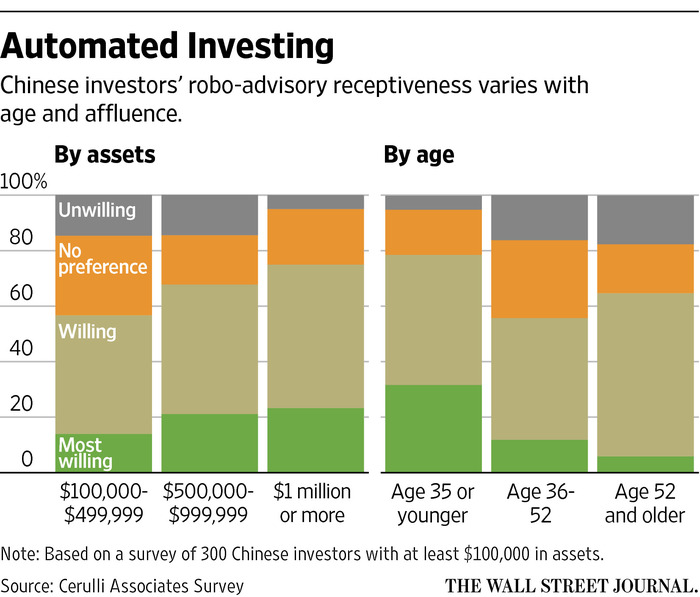JSCh
ELITE MEMBER

- Joined
- Jun 9, 2011
- Messages
- 13,233
- Reaction score
- 2
- Country
- Location
World's first 3-D-printed blood vessel successfully functions in monkey's body
(People's Daily Online) 15:10, December 13, 2016

The 3-D-printed blood vessel (Photo/People's Daily Overseas Edition)
Kang Yujian, chief scientist and CEO of Chinese biotech company Revotek, recently announced a breakthrough in China's 3-D-printed blood vessel project. According to the announcement, the team has successfully transplanted 3-D-printed blood vessels into rhesus monkeys, and the vessels have achieved regeneration, the People's Daily Overseas Edition reported on Dec. 13.
Produced by a 3-D bio-printer with the company's own stem cell bio-ink technology, the blood vessels have been integrated into the monkeys' abdominal aortas. The structure and biological functions of the printed vessels are the same as those of real blood vessels.
According to Kang, Revotek has transplanted 3-D-printed vessels into 30 rhesus monkeys, and all the monkeys survived. The technology has yielded a method to achieve the endothelialization of artificial blood vessels, and will benefit about 1.8 billion patients with cardiovascular disease. The stem cell technology breakthrough will lead human beings into a new medical era featuring tissue manufacturing and organ repair.
Revotek signed a technology development contract with West China Hospital in May of this year, officially starting the blood vessel experiment. Researchers made bio-ink from the rhesus monkeys' own stem cells, and replaced a portion of their abdominal aortas with the 3-D-printed artificial blood vessels.
(People's Daily Online) 15:10, December 13, 2016

The 3-D-printed blood vessel (Photo/People's Daily Overseas Edition)
Kang Yujian, chief scientist and CEO of Chinese biotech company Revotek, recently announced a breakthrough in China's 3-D-printed blood vessel project. According to the announcement, the team has successfully transplanted 3-D-printed blood vessels into rhesus monkeys, and the vessels have achieved regeneration, the People's Daily Overseas Edition reported on Dec. 13.
Produced by a 3-D bio-printer with the company's own stem cell bio-ink technology, the blood vessels have been integrated into the monkeys' abdominal aortas. The structure and biological functions of the printed vessels are the same as those of real blood vessels.
According to Kang, Revotek has transplanted 3-D-printed vessels into 30 rhesus monkeys, and all the monkeys survived. The technology has yielded a method to achieve the endothelialization of artificial blood vessels, and will benefit about 1.8 billion patients with cardiovascular disease. The stem cell technology breakthrough will lead human beings into a new medical era featuring tissue manufacturing and organ repair.
Revotek signed a technology development contract with West China Hospital in May of this year, officially starting the blood vessel experiment. Researchers made bio-ink from the rhesus monkeys' own stem cells, and replaced a portion of their abdominal aortas with the 3-D-printed artificial blood vessels.






















